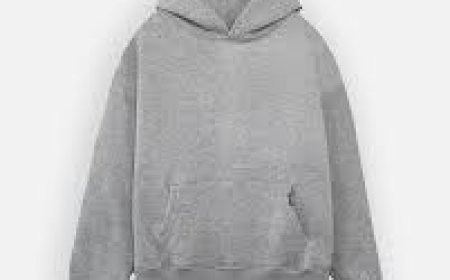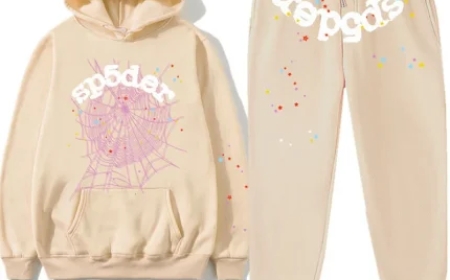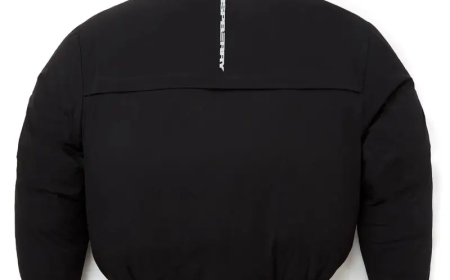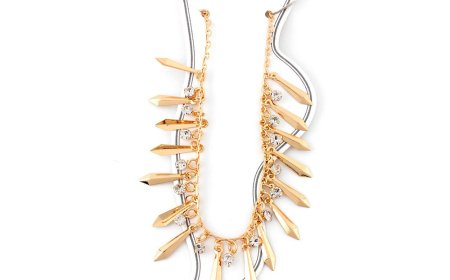Denim Tears Is More Than Fashion – It’s a Movement in Cotton
Denim Tears Canada Collection at Official Denim Tears Clothing Website. Enjoy Fast Shipping and Substantial Discounts! Up to 50% Off.

The Rise of Denim Tears: A Brand With Purpose
In the world of fashion, brands come and go, often following fleeting trends or superficial aesthetics. But Denim Tears is different. Founded by Tremaine Emory in 2019, the brand didnt just arrive to make clothesit arrived with a mission. At its core, Denim Tears is a vehicle for storytelling, activism, denim tears and cultural reclamation. It uses cotton as a canvas to explore the Black American experience, tracing a history of struggle, resilience, and identity that stretches from the fields of the American South to the streets of contemporary urban culture.
Denim Tears stands out because it is not trying to sell an image. It is telling a truth. And that truth is rooted in the legacy of cottonits pain, its complexity, and its role in shaping the lives of Black people in America. Through a collection of garments that feel part art, part protest, Tremaine Emory has redefined what it means to design with purpose.
Cotton as Commentary
When most people think of cotton, they think of comfort, casual wear, or warm summer days. But for Emory, cotton represents something far deeper. It represents the blood, sweat, and trauma of enslaved Africans who were forced to harvest it under brutal conditions. This brutal history isnt hiddenit is sewn into the very fabric of Denim Tears' designs.
In one of the brands most iconic collections, cotton wreath motifs are prominently displayed on sweatshirts, jeans, and hats. These motifs are not aesthetic choicesthey are reminders. They ask us to consider where our materials come from, whose hands once picked them, and how those hands shaped the economy and culture of a nation that often refuses to fully reckon with its past.
Emory has described Denim Tears as a spiritual and political statement in cotton. Every release is accompanied by a narrative, often historical, and frequently emotional. The garments do not exist in a vacuum; they are rooted in the horrors of the transatlantic slave trade, the forced labor of the Jim Crow South, and the continued marginalization of Black voices in the fashion industry and beyond.
Fashion as Protest
Denim Tears is not just wearable historyit is protest in physical form. By reclaiming cotton, a material that once symbolized Black suffering, Emory transforms it into a symbol of pride and defiance. The clothes become armor for a generation that demands justice, dignity, and truth.
This approach aligns Denim Tears with the tradition of protest fashion. Just as the Black Panthers used leather jackets and berets to convey unity and strength, and just as the Civil Rights Movement embraced Sunday best attire to underscore dignity amid chaos, Denim Tears uses denim and cotton to shout its message from the seams.
But this is not nostalgia. It is revival with urgency. The brand speaks to modern issuesmass incarceration, cultural appropriation, the commercialization of Black identitywhile connecting them to historical roots. It tells us that nothing in the present is disconnected from the past, and that what we wear can be a form of resistance.
A Cultural Conversation
One of the most powerful aspects of Denim Tears is that it sparks conversation. Every collection is an invitation to think, to ask, to dig deeper. Emory collaborates with artists, historians, and cultural institutions to ensure that the narratives are authentic and impactful. For example, the The Cotton Wreath project wasnt just a clothing dropit was a curated cultural moment, accompanied by essays, art, and interviews that contextualized the garments.
This holistic approach to fashion as discourse places Denim Tears in a rare category. It is not about clout or hype, though it certainly garners attention. Its about engagement. It draws in those who are willing to listen and learn, and it challenges those who would prefer to forget or ignore.
By focusing on Black narratives that are often overlooked or sanitized, Denim Tears functions almost like a wearable museum. Each piece is curated with care, and each release feels like an exhibition. The result is a brand that doesn't just live in closetsit lives in conversations, in classrooms, in community centers, and in protests.
The Role of Tremaine Emory
Much of Denim Tears soul comes from Tremaine Emory himself. A creative polymath, Emory has worked with Kanye West, Frank Ocean, Virgil Abloh, and served as the Creative Director of Supreme. Yet Denim Tears remains his most personal and politically charged work.
Emorys philosophy is grounded in a belief that fashion must have integrity. He does not create for algorithms or sales figures; he creates because there is a story that must be told. His work is often emotional, even confrontational. He wants the audience to feel somethingto feel uncomfortable, perhaps, but also inspired, empowered, and aware.
By inserting history into fashion, Emory also inserts himself into a lineage of Black artists and thinkers who have used their work to speak truth to power. In this way, he doesnt just design clotheshe designs change.
Denim Tears and the Future of Fashion
As the fashion industry grapples with demands for diversity, sustainability, and ethical production, Denim Tears offers a compelling model. It proves that a brand can be both aesthetically powerful and socially conscious. It proves that storytelling can be a business strategy, and that political expression has a place in retail.
Denim Tears is also pushing back against fast fashions disposability. These are not throwaway pieces. They are made with intention, built to last, and designed to matter. Denim Tears Sweatshirt The brand encourages mindful consumption, asking customers to understand what theyre buying and why.
In an era where performative allyship is rampant, Denim Tears remains authentic. It doesnt scream virtueit breathes history. It doesnt offer easy answersit asks hard questions. And in doing so, it challenges the fashion world to do better.
Final Thoughts: A Movement, Not Just a Brand
To call Denim Tears a fashion label is to miss its essence. It is a movementa cultural, historical, and artistic force. It is rooted in the soil of Black America and sewn together with threads of memory, resistance, and hope.
Through cotton, Tremaine Emory has built something radical. Something that reminds us that even the most common materials hold stories. Something that insists that fashion should be more than fabricit should be a reflection of who we are, where we come from, and where were going.
In Denim Tears, cotton becomes more than a textile. It becomes testimony.
































